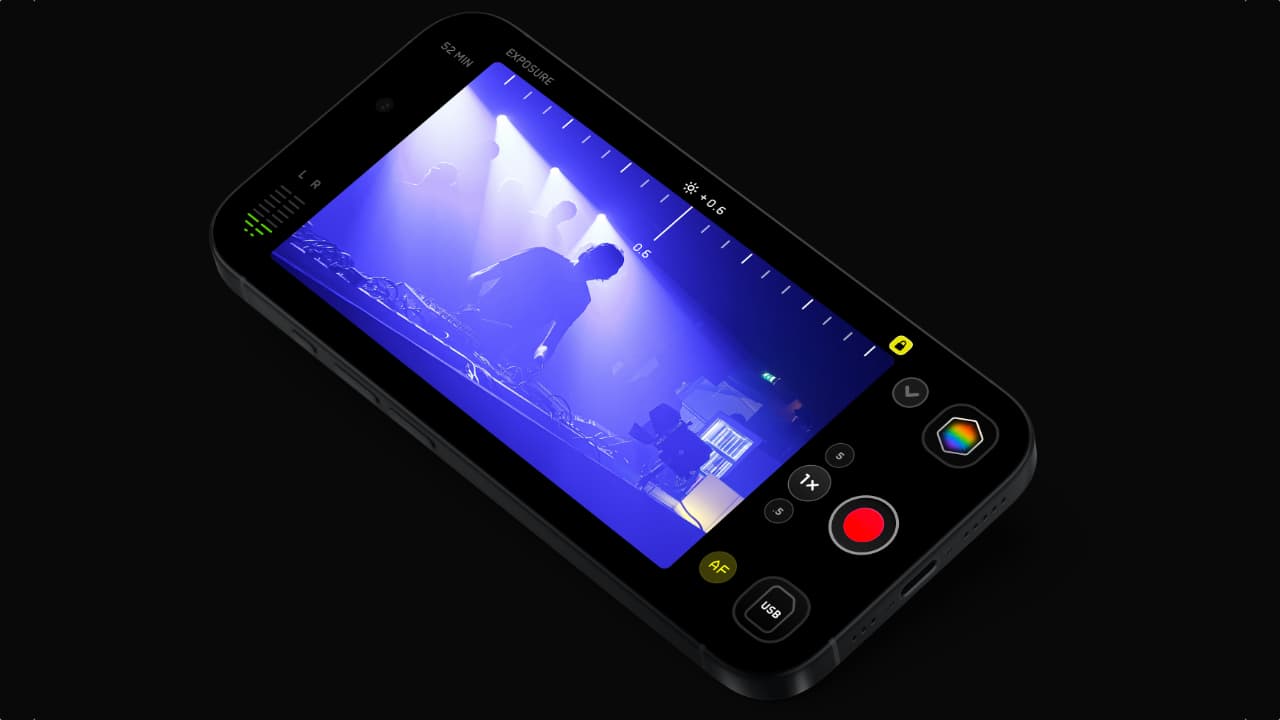
Lux, the developer of the very well-regarded Halide camera app for iOS, has pitched into the increasingly crowded iPhone video market with Kino.
Lux’s Halide has long been one of the most popular third party apps on the market for boosting the photography capabilities of the iPhone, and the developer has now turned its attention to video with the new Kino app.
Headline feature is Instant Grade which does what it says on the tin and applies a color grade right to your shot. This is turned on by default and ships with 7 regular grades and, on iPhone 15 Pro and 15 Pro Max, 11 additional grades for Apple Log. Some were contributed by well-known creatives — Stu Maschwitz (Prolost), Evan Schneider (the LUT Company), Sandwich Video, Tyler Stalman, and Kevin Ong — and some were developed in-house.

Many grades are available and there are more to come
Many of them have larger packs of their presets available and Lux says it will release grades with future updates and as limited drops on its social media. The app also lets you add users add their own LUTs via standard .cube files (up to 33x33).
If you select a grade without Instant Grade, Kino will let you preview it but record the actual file without it applied. You can then apply it later in Kino or edit it in other apps. And usefully, Kino shoots in HEVC for a sensible video file size.
AutoMotion is one of its other key features. Kino biases exposure towards a 180° shutter angle in Automatic mode, aiming to help users capture better looking, cinematic movement in a shot.
“If available light supports it, the ‘Auto’ label turns green — showing you are in the sweet spot and you are set up for capturing motion perfectly,” writes the company. “Bright day out? Pop an ND filter on your iPhone, adjust its density, and watch the Auto label turn green when you are in the right spot. No manual setting adjustment required.”
Users can either cede full control to the app in automatic mode or dive into the manual mode and change a lot of settings. There’s some decent handholding for newbies too. Kino lets them start with simple recommended settings for immediate results, while also offering free lessons in the fundamentals of video and filmmaking as they go along.

The Kino UI
That means they can start out with automatic exposure with EV adjustment and AE and WB lock, or drop into full manual mode with shutter speed/angle and ISO adjustment. There are plenty of tools available when they dig into it, such as a level grid, and displays that monitor RGB waveform, focus peaking, audio levels, remaining recording time, and more.
A range of custom recording settings are available ( such as 4K 60FPS Apple Log ProRes 422HQ on iPhone 15 Pro) or users can just get started with presets for flexibility. Kino can also store recordings in Files instead of Photos for better and easy shot management — including opting large files out of iCloud backups.
Kino is $9.99 at launch (50% off for what Lux says is a limited time). Now, there is some previous to this. Halide was offered as a lifetime purchase too, but has since pivoted to an optional subscription model for new users and the latest new features. Lux points out though that users that bought the original can still use it and the years of free upgrades that came afterwards, so your $9.99 is probably fairly safely invested.
Tags: Production News mobile filmmaking


Comments